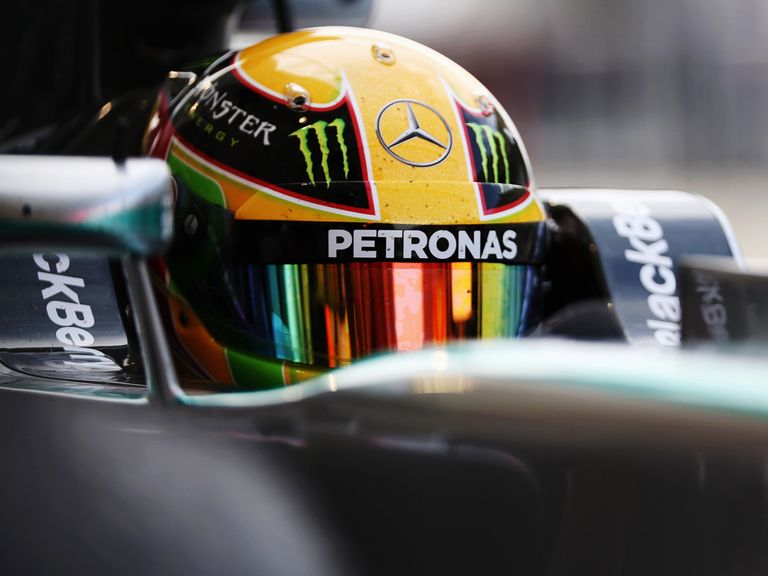
That thing looks like a compressor from afar, however there are some details to it that would say otherwise.
There seem to be a lot of lines going to the head of it, pneumatic lines maybe.
I was beginning to wonder if the throttle body is located in front of the compressor and that thing is actually an integrated throttle and compressor.
The advantages would come from the lack of a blow off and aslo that there can be advantages to run the compressor under vacuum when the throttle closes over it.
But then again, depends on what is in the regs. Maybe that idea is completely illegal, it's just that that thing looks very complicated for a compressor.








 i was comparing the locations of pipework around intercooler and airbox and the location of the suspected compressor in the other pic and it does seem to be a possibility
i was comparing the locations of pipework around intercooler and airbox and the location of the suspected compressor in the other pic and it does seem to be a possibility